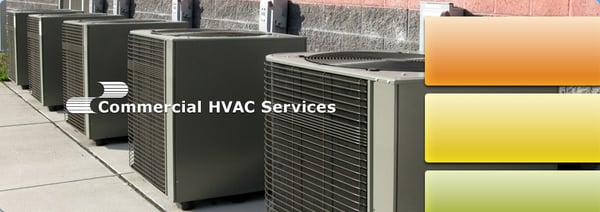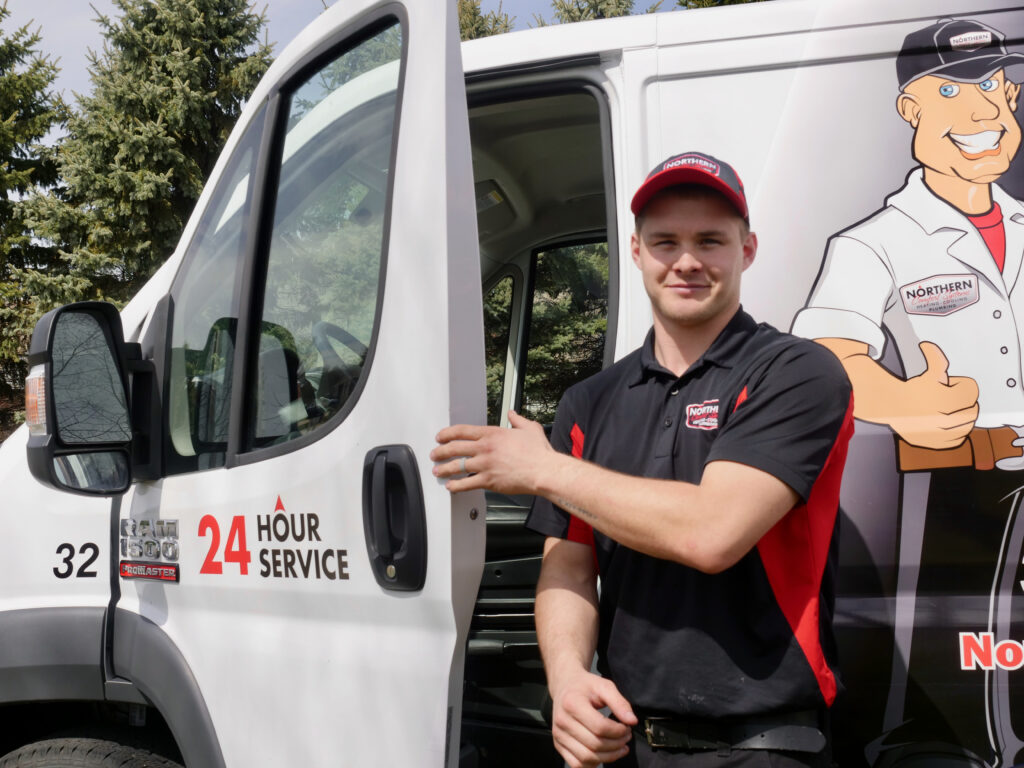Terre Haute Heating And Air Conditioning

Is your Terre Haute heating and air conditioning system acting up? Don't panic! Before calling a professional, there are several basic troubleshooting steps you can take to potentially diagnose and even fix common issues. This guide will walk you through a logical, step-by-step process, empowering you to identify problems and handle simple repairs safely.
Common Household HVAC Failure: The Case of the Cold House (or Hot House)
One of the most frequent calls heating and air conditioning technicians receive is for a system that's simply not heating or cooling properly. The house is either colder than the thermostat setting in winter, or warmer than the setting in summer. This could stem from a variety of issues, ranging from simple user error to more complex mechanical problems.
Step-by-Step Troubleshooting Guide
Step 1: Check the Thermostat
This might sound obvious, but it's essential to start with the simplest possibilities. Thermostat issues are surprisingly common causes of HVAC problems.
- Power: Is the thermostat displaying correctly? If it's blank, check the batteries. Replace them with fresh ones, even if the display is faint.
- Settings: Is the thermostat set to "Heat" (in winter) or "Cool" (in summer)? Is it set to "Auto," "On," or "Off" for the fan? Make sure it's in the correct mode and the fan is set appropriately (usually "Auto" for most efficient operation).
- Temperature: Is the set temperature significantly different from the current room temperature? Someone might have accidentally adjusted it.
- Hold or Schedule: Many thermostats have "Hold" or scheduled settings. Ensure the thermostat isn't overridden by a schedule that conflicts with your desired temperature. Review the schedule and temporarily override it to test.
- Wiring (Advanced - Proceed with Caution and Power Off): If you are comfortable and knowledgable about electrical work, and only after turning off the breaker to the thermostat, carefully check the wiring connections at the thermostat. Loose wires can cause communication problems. Tighten any loose screws. If you are uncomfortable with this step, skip it and call a professional.
Step 2: Inspect the Air Filter
A dirty air filter is a prime culprit behind reduced airflow and inefficient HVAC operation. A clogged filter restricts airflow, making your system work harder and potentially leading to overheating or freezing.
- Location: Air filters are typically located in the furnace itself or in a return air vent (a large vent where air is drawn back into the system).
- Inspection: Remove the filter and hold it up to the light. If you can't see much light through it, it's dirty and needs to be replaced.
- Replacement: Replace the filter with a new one of the correct size and type. The size is usually printed on the filter frame. Using the wrong size can allow unfiltered air to bypass the filter.
- Frequency: Aim to replace your air filter every 1-3 months, depending on usage and air quality. Homes with pets or allergies may require more frequent changes.
Step 3: Check the Outdoor Unit (Condenser)
The outdoor unit, often called the condenser, plays a crucial role in cooling your home. Ensure it's free of obstructions.
- Debris: Remove any leaves, branches, grass clippings, or other debris that may be blocking the unit. Clear at least 2-3 feet of space around the unit.
- Coil Fins: Gently straighten any bent coil fins using a fin comb (available at most hardware stores). Bent fins restrict airflow.
- Ice (Winter): If the unit is covered in ice during winter, do not try to chip it off. This could damage the coils. This is usually a sign of a more serious problem (like a refrigerant leak or a faulty defrost cycle) that requires professional attention. Turn off the system and call a qualified technician.
- Power Disconnect: Locate the outdoor disconnect switch (usually a large metal box near the unit). Ensure it's in the "On" position. Sometimes these can be accidentally switched off.
Step 4: Inspect the Indoor Unit (Furnace/Air Handler)
The indoor unit houses the blower fan and, in the case of a furnace, the heating components. Safety is paramount here, especially with gas-fired furnaces.
- Power: Ensure the power switch to the furnace is turned on. This is usually a switch located on the side of the unit.
- Pilot Light (Gas Furnaces - Proceed with Extreme Caution): If you have a gas furnace that uses a pilot light, check if the pilot light is lit. If it's not, carefully follow the manufacturer's instructions for relighting it. If you smell gas, do not attempt to light the pilot light. Evacuate the area and call your gas company immediately! Newer furnaces typically have electronic ignition and don't have a pilot light.
- Blower Motor (Electric Furnaces/Air Handlers): Listen for the blower motor running. If it's not running, it could be a sign of a faulty motor, capacitor, or other electrical issue. This requires professional diagnosis and repair.
- Condensate Drain Line: Check the condensate drain line (a PVC pipe that drains water away from the unit). A clogged drain line can cause the system to shut down. You can try to carefully clear the line with a wet/dry vacuum or a stiff wire. Be cautious not to damage the line. If the line is difficult to access or appears severely clogged, call a professional.
Step 5: Check the Circuit Breaker
A tripped circuit breaker is a common reason for HVAC systems to stop working. The furnace and condenser each have their own dedicated circuit breaker in your electrical panel.
- Location: Locate your electrical panel. The breakers should be labeled.
- Inspection: Look for a breaker that is in the "Off" or "Tripped" (middle) position.
- Resetting: To reset the breaker, flip it all the way to the "Off" position and then back to the "On" position.
- Repeated Tripping: If the breaker trips repeatedly, do not continue to reset it. This indicates a more serious electrical problem that requires professional attention. There might be a short circuit or an overloaded circuit.
Step 6: Check Supply and Return Vents
Ensure that supply vents (where conditioned air comes out) and return vents (where air is drawn back in) are not blocked by furniture, rugs, or other obstructions.
- Airflow: Feel the airflow coming from the supply vents. If it's weak or nonexistent, there could be a blockage.
- Return Vents: Make sure return vents are clean and unobstructed. These vents are essential for proper airflow and system efficiency.
When to Call a Professional (Terre Haute Heating & Air Conditioning Specialists)
While these troubleshooting steps can help you identify and resolve many common HVAC issues, some problems require the expertise of a qualified technician. Do not attempt repairs involving gas lines, refrigerant, or complex electrical components if you are not properly trained and equipped.
Call a professional immediately if you encounter any of the following:
- Gas Leaks: If you smell gas near your furnace or anywhere in your home, evacuate immediately and call your gas company.
- Refrigerant Leaks: Refrigerant is a hazardous chemical. If you suspect a refrigerant leak (e.g., ice buildup on the refrigerant lines, unusual hissing sounds), call a professional.
- Electrical Issues: Repeatedly tripping circuit breakers, sparking wires, or any other electrical problems require professional attention.
- Complex Mechanical Problems: If you suspect a faulty compressor, blower motor, heat exchanger, or other major component, call a professional.
- Lack of Experience: If you are uncomfortable performing any of the troubleshooting steps described above, or if you are unsure about the cause of the problem, it's always best to err on the side of caution and call a professional.
Specifically, for residents of Terre Haute and the surrounding areas, contacting a local HVAC company ensures you receive prompt and reliable service from technicians familiar with the specific needs of the region.
Preventive Maintenance: The Key to Longevity
The best way to avoid HVAC problems is to schedule regular preventive maintenance. A professional tune-up can identify and address potential issues before they become major problems.
- Annual Tune-Ups: Schedule a tune-up for your heating system in the fall and your air conditioning system in the spring.
- Professional Inspection: A technician will inspect and clean your system, check refrigerant levels, lubricate moving parts, and ensure everything is operating efficiently.
By following these troubleshooting steps and scheduling regular maintenance, you can keep your Terre Haute heating and air conditioning system running smoothly and efficiently for years to come. Remember, safety is always the top priority. When in doubt, call a professional!










